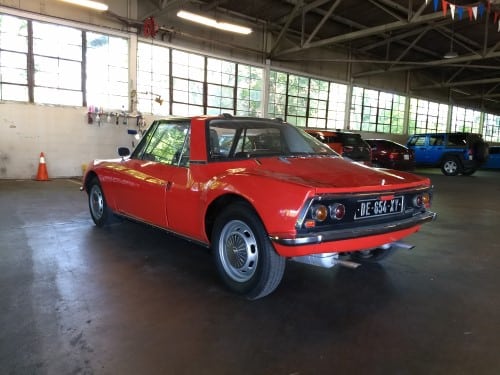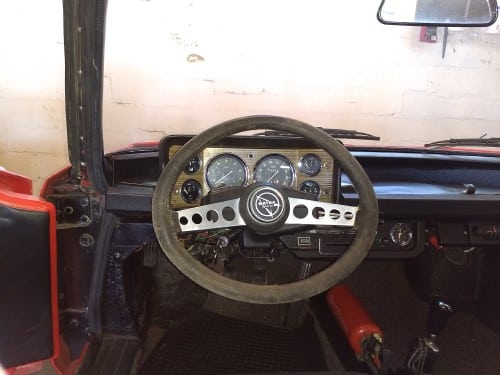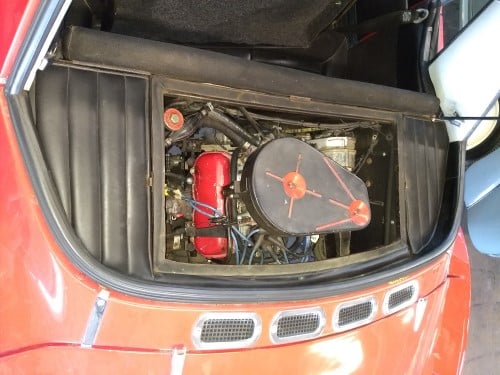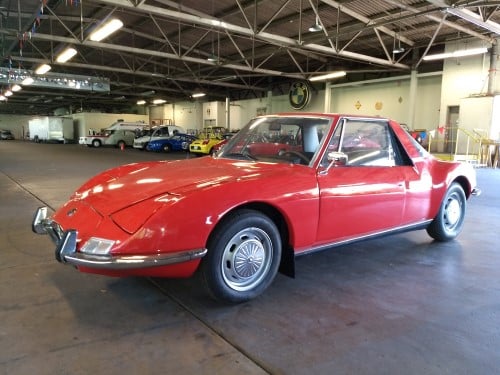
Matra Sports M530 LX- 1970
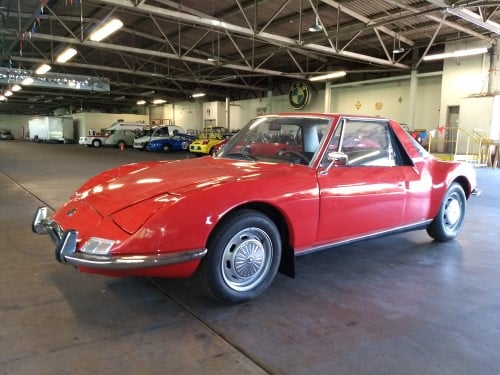
After Matra took over Automobiles René Bonnet, the production of the D’jets were discontinued. At the time, Matra was a military stores manufacturer. They were also particularly interested in fiberglass technology, which was the specialty of René Bonnet. But the formation of Matra Automobiles reduced Bonnet’s influence in the manufacturing process.
In 1967, Matra launched their first all-Matra road car design, the M530. The name of the car was taken from an air-to-air missile, the Matra R.530, which is still in service today. The M530 was an entirely new design, aimed at a much bigger market than the D’jet. The M530 carried over the mid-engine architecture of its predecessor, but little else. The polarizing design was led by Matra’s head of engineering, Philippe Guédon, while styling was led by ex-Simca stylist Jacques Nocher. After evaluating several engines, they used a very compact Ford “Cologne” V4 engine and transaxle that left room for +2 seating in the rear, along with reasonable trunk space.
The earliest, A-Series 530s had a simple front grille opening, a two-piece Targa roof, and a removable Perspex rear window, providing the only access to the engine for service. These were contract-built by railcar manufacturer Brissonneau & Lotz. The later A-series and the Michelotti-facelifted cars, such as the LX seen here, were built in-house by Matra. The LX was differentiated by more practical bumpers, a hinged rear glass hatch over the engine, and a freshened interior.
Critics of the period were never sure what the M530 was supposed to be. It cost about the same as a Lotus Elan +2, but with nowhere near the performance. Both were eclipsed by the MGB GT’s cheaper cost, quicker performance, and better MPG. However. Matra never intended the M530 to be an all-out sports car. Instead they marketed it to 20-30 year-olds as a car for friends – “La Voiture de la Joie de Vivre!” (“The Car For the Joy of Living!”).
Specifications:
Manufacturer: S.A. Engins Matra
Country of Origin: France
Drivetrain Configuration: Longitudinal mid-engine, rear-wheel drive
Engine: Ford-sourced 1,699 cc water-cooled OHV V4, 75hp
Transmission: Ford-sourced 4 speed manual
Top Speed: 108 MPH
Years of Production: 1967-1973
Number Produced: 9,609 all models; 4,731 LX
Original Cost: Approximately 20,000 French francs (around $3900 USD)

